Sub-Saharan Africa

Ethiopia
royal flag 11 Often (but not always) flown by the royal house and the government.

Ethiopia
national flag 22 Flown by anyone.
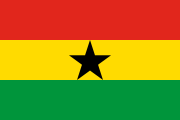
Ghana
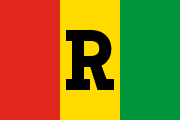
Rwanda
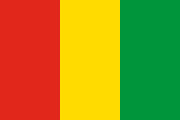
Guinea
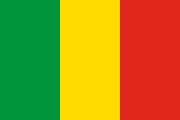
Mali

Senegal

Cameroon

Chad
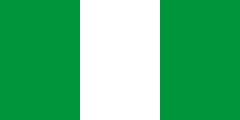
Nigeria

Ivory Coast
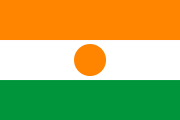
Niger

Upper Volta
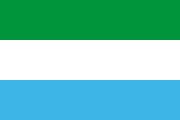
Sierra Leone

Gabon
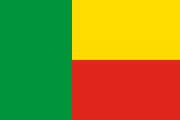
Dahomey
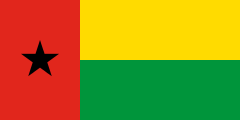
Guinea and Cape Verde
PAIGC flag 33 Flag of the African Party for the Independence of Guinea and Cape Verde, which aimed for separation from Portugal. Eventually became the flag of Guinea-Bissau. Portuguese colonies did not have official flags.
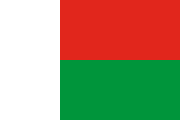
Malagasy Republic
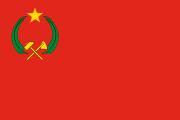
Congo

Malawi
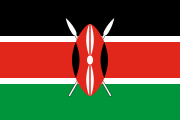
Kenya

African National Congress

Mozambique
FRELIMO flag 44 Flag of the Liberation Front of Mozambique, which aimed for independence from Portugal. Direct predecessor of the modern flag of Mozambique. Portuguese colonies did not have official flags.

Tanzania
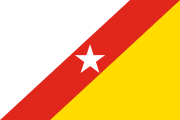
Angola
FNLA flag 55 Flag of the National Liberation Front of Angola, which aimed for independence from Portugal, and its government-in-exile in Kinshasa. Portuguese colonies did not have official flags.

Angola
MPLA flag 66 Flag of People's Movement for the Liberation of Angola, a competing independence movement. Direct predecessor of the modern Angolan flag.

Angola
UNITA flag 77 Flag of the National Union for the Total Independence of Angola, yet another independence movement.
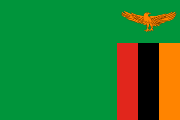
Zambia

Zaire
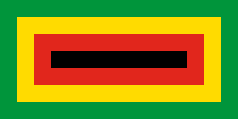
Zimbabwe
ZANU flag 88 Flag of the Zimbabwe African National Union, which sought majority rule in the breakaway British colony of Rhodesia. The territory's illegal white supremacist government flew a green and white flag with the Rhodesian coat of arms.

Zimbabwe
ZAPU flag 99 Flag of the Zimbabwe African People's Union, a competing liberation movement.
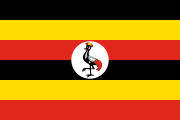
Uganda
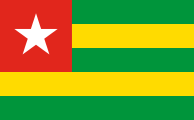
Togo

Liberia
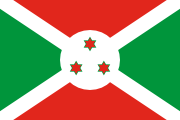
Burundi
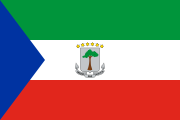
Equatorial Guinea
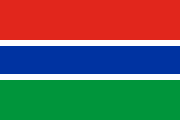
The Gambia

Botswana
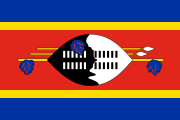
Swaziland
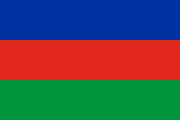
Namibia
SWAPO flag 1010 Flag of the South West Africa People's Organisation, which sought independence from South Africa. Direct predecessor of the flag of Namibia. The territorial government did not have an official flag.
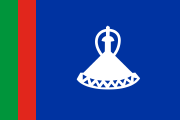
Lesotho

Central African Republic

South Africa
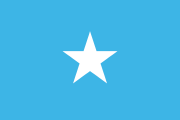
Somalia

Eritrea
ELF flag 1111 Flag of the Eritrean Liberation Front, which sought independence from Ethiopia. Derived from the previous national flag. The provincial government did not have an official flag.
Middle East and North Africa
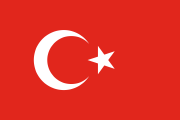
Turkey
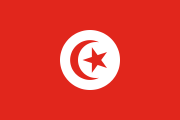
Tunisia
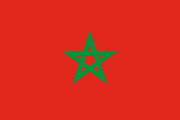
Morocco
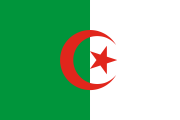
Algeria
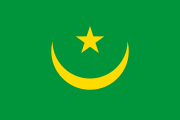
Mauritania

Palestine
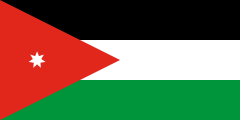
Jordan
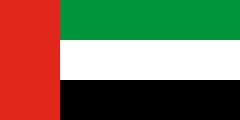
United Arab Emirates

Kuwait

Sudan

Libya

Egypt
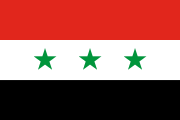
Iraq
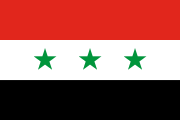
Syria
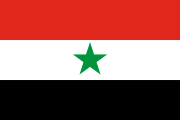
North Yemen
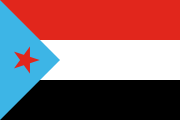
South Yemen
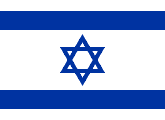
Israel
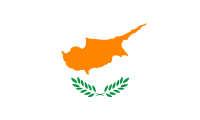
Cyprus
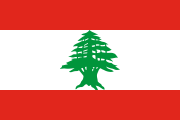
Lebanon
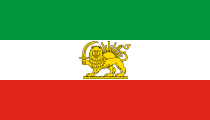
Iran
state flag 1212 Flown by the government, and often by private citizens. In certain ceremonial settings, the ratio was 1:3.
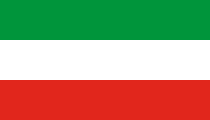
Iran
national flag 1313 Allowed to be flown by anyone.
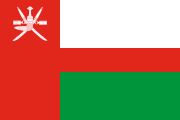
Oman
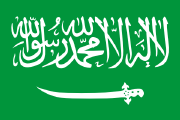
Saudi Arabia

Ras al-Khaimah
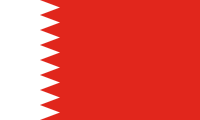
Bahrain

Qatar
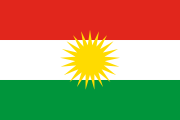
Kurdistan

Druze
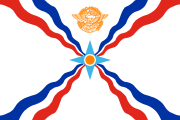
Assyrians
Western Europe
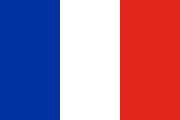
France

Italy
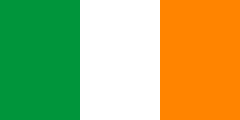
Ireland
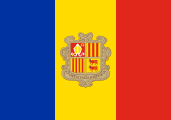
Andorra
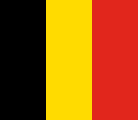
Belgium
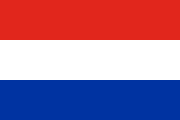
Netherlands

Luxembourg
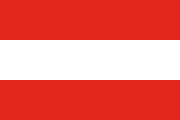
Austria
national flag 1414 Flown by private citizens and municipalities.
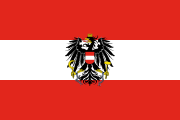
Austria
federal service flag 1515 Flown by the federal government and the armed forces.

Spain
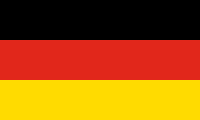
West Germany
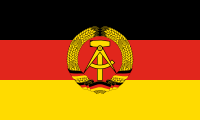
East Germany

Switzerland
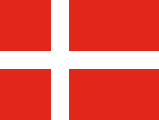
Denmark
national flag 1616 Allowed to be flown by anyone.
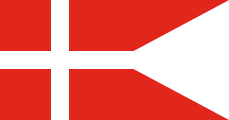
Denmark
sovereign flag 1717 Flown by the royal house, the government, and the armed forces. Also granted to a select list of private institutions and companies.
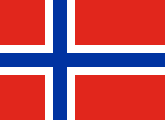
Norway
merchant flag 1818 Allowed to be flown by anyone.

Norway
state flag 1919 Flown only on state-owned buildings and naval ships.
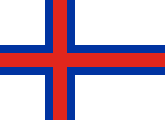
Faroe Islands
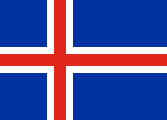
Iceland
national flag 2020 Allowed to be flown by anyone.

Iceland
state flag 2121 Flown on government buildings and coast guard ships.

Åland
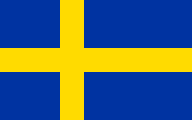
Sweden 2222 Flown for all purposes. A three-tailed version of the national flag is flown by the military.
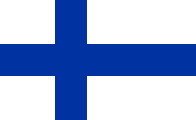
Finland
national flag 2323 Allowed to be flown by anyone.

Finland
state flag 2424 Flown by the government, border guard, and public universities. The armed forces fly a version with a swallowtail cut.
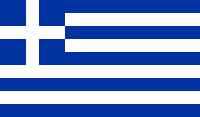
Greece 2525 During the rule of the junta, the shade of blue on the national flag was described as notably darker.
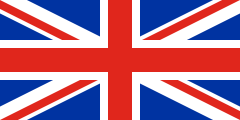
United Kingdom
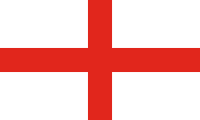
England · Guernsey

Northern Ireland 2626 Flown by the government, sporting teams and by some private citizens. More or less exclusively a unionist symbol.
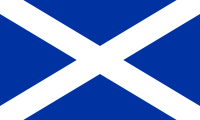
Scotland

Jersey

Wales
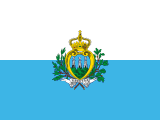
San Marino

Liechtenstein

Monaco
national flag 2727 Allowed to be flown by anyone.
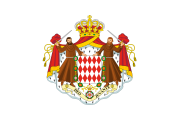
Monaco
princely flag 2828 Flown over the Prince's Palace and government buildings.

Gibraltar

Vatican City
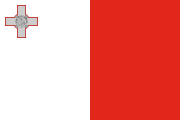
Malta
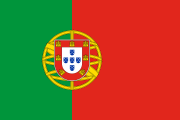
Portugal
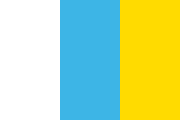
Canary Islands

Galicia

Catalonia
senyera 2929 The traditional Catalan flag.

Catalonia
estelada 3030 The flag preferred by supporters of Catalan independence.

Brittany

Cornwall

Corsica

Flanders
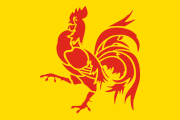
Wallonia
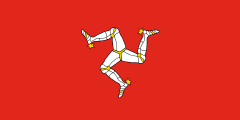
Isle of Man
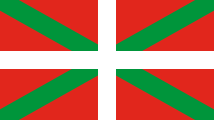
Basque Country
Eastern Europe
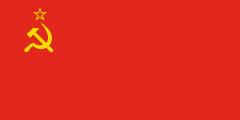
Soviet Union

Albania
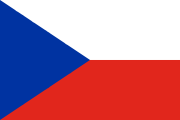
Czechoslovakia
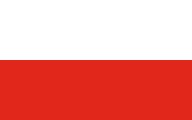
Poland
state flag 3131 Flown over the Presidential Palace, parliament, provincial legislatures, and other government buildings. Private use highly restricted.

Poland
coat of arms flag 3232 Flown by embassies, airports, and merchant ships. Private use strictly banned.

Yugoslavia

Hungary
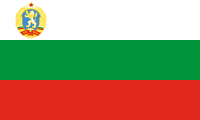
Bulgaria

Estonia 3333 Flown by the diplomatic service in exile and the Estonian disaspora. Flying the national flag was banned under the Soviet occupation.
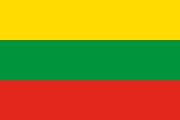
Lithuania 3434 Flown by the diplomatic service in exile and the Lithuanian disaspora. Flying the national flag was banned under the Soviet occupation.
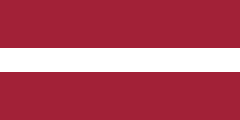
Latvia 3535 Flown by the diplomatic service in exile and the Latvian disaspora. Flying the national flag was banned under the Soviet occupation.

Romania
South Asia and the Indian Ocean

India
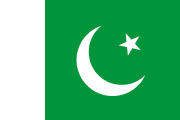
Pakistan
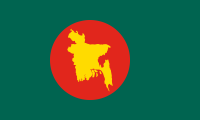
Bangladesh
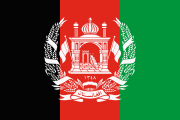
Afghanistan

Nepal
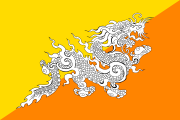
Bhutan

Sikkim
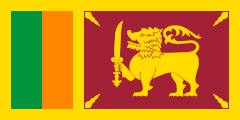
Ceylon
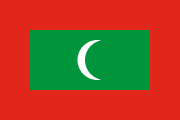
Maldives
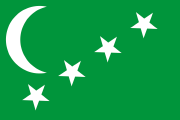
Comoros
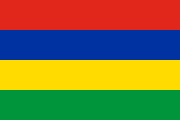
Mauritius

Jammu and Kashmir 3737 Flown in the Indian-controlled parts of the disputed region of Kashmir.

Azad Kashmir 3838 Flown in the Pakistan-controlled parts of the disputed region of Kashmir.
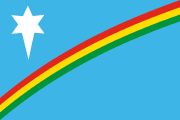
Nagaland 3939 Flown by nationalists and separatists. The Indian state of Nagaland does not have an official flag.

Kannada 4040 The popular but unofficial flag of the Kannada people. The Indian state of Karnataka does not have an official flag.
East, Central and Southeast Asia

Japan

South Korea

North Korea

China
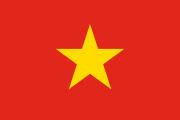
North Vietnam
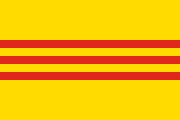
South Vietnam
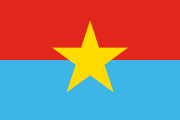
South Vietnam
PRG flag 4141 Flag of the Viet Cong. Flown by the communist Provisional Revolutionary Government of the Republic of South Vietnam, which claimed to be the legitimate government of South Vietnam and was recognized by most Eastern Bloc states.

Tibet

Mongolia
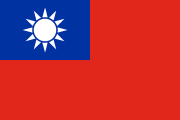
Taiwan 4242 The flag of the Republic of China, the government of Taiwan. Banned on the mainland, as the People's Republic of China claimed sovereignty over the island.

Burma

Khmer Republic
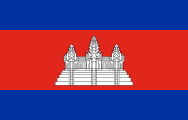
Cambodia
GRUNK flag 4343 Flown by the Royal Government of the National Union of Kampuchea, a government-in-exile based in Beijing and Hong Kong.

Laos
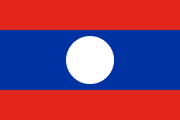
Laos
Pathet Lao flag 4444 Flown by the communist Pathet Lao government-in-exile in Hanoi.

Thailand

Philippines
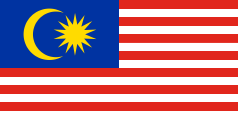
Malaysia
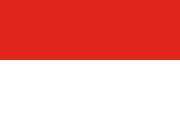
Indonesia

Singapore
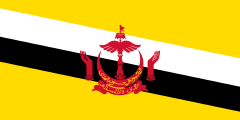
Brunei

Sarawak
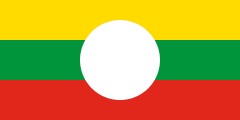
Shan

Sabah
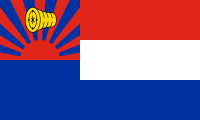
Karen 4545 Flown by Karen nationalists seeking independence and separation from Burma.

East Turkestan 4646 The national flag of the Uyghur people, banned within the People's Republic of China. Xinjiang Region does not have an official flag.
Oceania
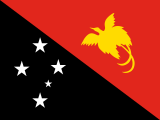
Papua New Guinea

Aboriginal Australians

Australia

New Zealand

Hawaiʻi
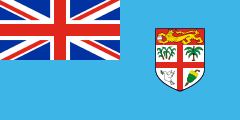
Fiji
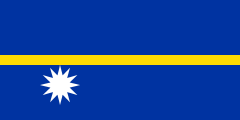
Nauru
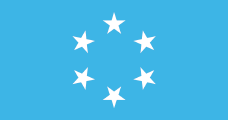
Micronesia

Western Samoa

Tonga
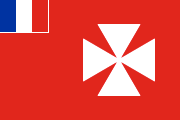
Wallis and Futuna
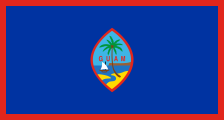
Guam

American Samoa
North America
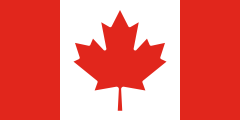
Canada

United States
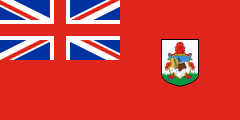
Bermuda
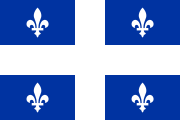
Québec

Alaska

Texas
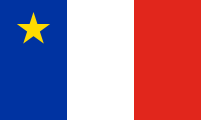
Acadia
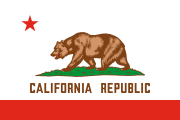
California

Cherokee
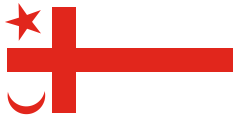
Mi’kmaq

Métis
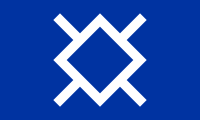
Northern Cheyenne

Oglala Lakota
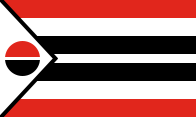
Arapaho
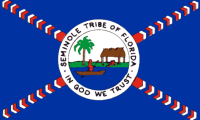
Seminole

Navajo
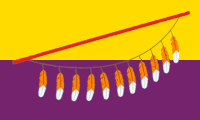
Papago
The Caribbean
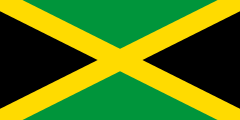
Jamaica
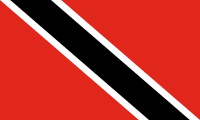
Trinidad and Tobago
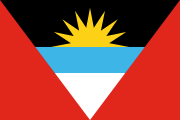
Antigua
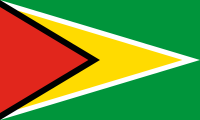
Guyana
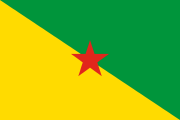
Guyane

Martinique 4747 An unofficial flag flown by Martinican nationalists and occasionally by local municipalities.
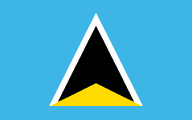
Saint Lucia
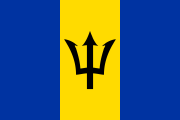
Barbados
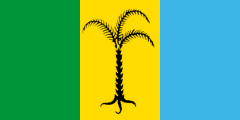
Saint Christopher-Nevis-Anguilla
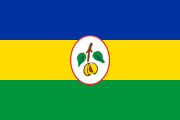
Grenada
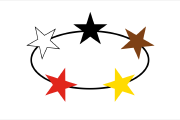
Suriname
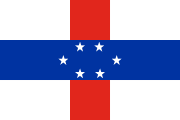
Netherlands Antilles

Anguilla 4848 The unofficial but popular cultural flag of the island.

Virgin Islands (U.S.)
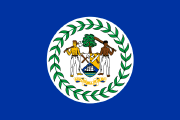
Belize
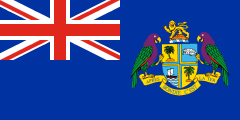
Dominica
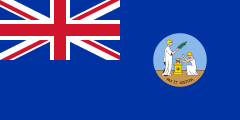
Saint Vincent

Garifuna
Latin America
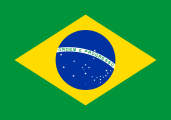
Brazil

Mexico
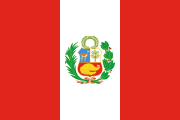
Peru
national ensign 4949 Flown by the government, the navy, the national police, and national sports teams. Raised at major ceremonies. The army uses a similar flag with a different coat of arms.
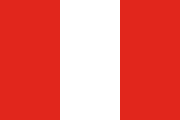
Peru
national flag 5050 Allowed to be flown by anyone.

Guatemala
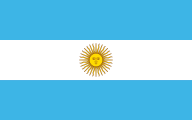
Argentina

Honduras

Nicaragua

El Salvador
national flag 5151 The most common flag, flown over most government buildings, at ceremonies, by diplomatic missions and often by public citizens.

El Salvador
inscribed flag 5252 An alternative government flag, most commonly flown by the armed forces but also on some public buildings and offices.

El Salvador
plain flag 5353 The simplest version of the national flag, flown by some private citizens.
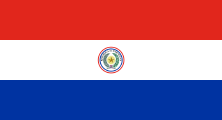
Paraguay
front side
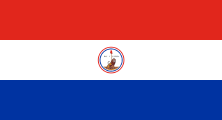
Paraguay
back side
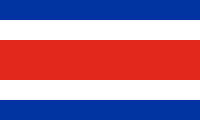
Costa Rica
national flag 5454 The most common Costa Rican flag. Officially designated for private citizens, but in practice often used on government buildings and schools too.

Costa Rica
national ensign 5555 Flown by the government and by diplomatic missions, although also used sometimes by private citizens.
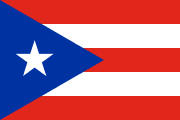
Puerto Rico

Cuba
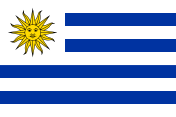
Uruguay
national flag 5656 Allowed to be flown by anyone.
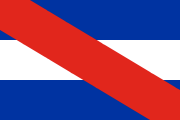
Uruguay
flag of Artigas 5757 A traditional military emblem, ceremonially flown alongside the national flag at government buildings.

Uruguay
flag of the Treinta y Tres 5858 A historic flag, ceremonially flown alongside the national flag at government buildings.
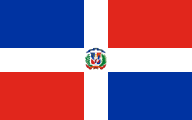
Dominican Republic
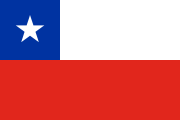
Chile
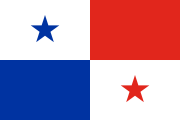
Panama

Haiti

Venezuela
national ensign 5959 Flown by the government and armed forces, and unofficially used by many private citizens.
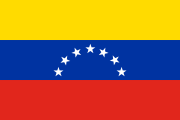
Venezuela
national flag 6060 Allowed to be flown by anyone.

Colombia
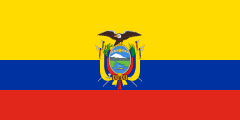
Ecuador
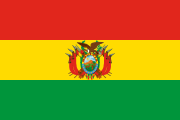
Bolivia
state flag 6161 Flown by the governmnent. The armed forces flew a similar flag with olive and laurel branches around the coat of arms.
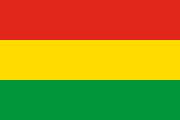
Bolivia
national flag 6262 Allowed to be flown by anyone.

Aymara
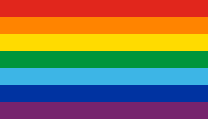
Quechua
Other International and Cultural Flags

United Nations
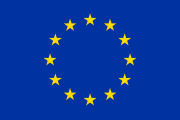
Europe
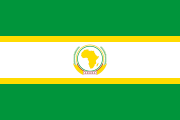
Organization of African Unity

Buddhist Flag
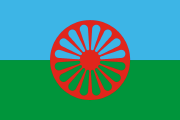
Romani
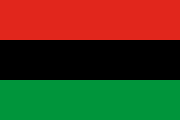
Pan-African Flag
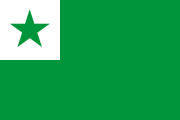
Esperanto

Red Cross

Red Crescent

Red Lion and Sun
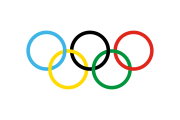
Olympic Games
Events of 1971
ABORIGINAL AUSTRALIANS • The Aboriginal flag, designed by activist and artist Harold Thomas, was raised for the first time in Adelaide on July 12. The red, yellow and black colours represented the earth, the Aboriginal people, and the Sun. In 1995 the flag became an official flag of Australia.

ANDORRA • The design of the national flag was slightly adjusted on August 27.



BANGLADESH • Bangladesh declared independence from Pakistan on March 26.

BUGLARIA • The national emblem was modified on May 21.



EGYPT • On September 11, ten years after the separation of Syria, the United Arab Republic reverted to the name Egypt. It retained the two-star flag.

NICARAGUA • The coat of arms was slightly redrawn on August 27.
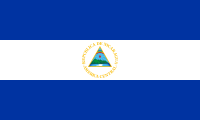


PAPUA NEW GUINEA • Papua New Guinea adopted a new flag, designed by 15-year-old schoolgirl Susan Karike, on July 1.



PERSIAN GULF • The United Kingdom withdrew from its protectorates in the Persian Gulf, starting with Bahrain on August 15 and Qatar on September 3.


On December 1, Britain terminated its protectorate over the seven Trucial States. Six of them — Abu Dhabi, Ajman, Dubai, Fujairah, Sharjah, and Umm al-Quwain — joined together to form the United Arab Emirates the next day.








The seventh emirate, Ras al-Khaimah, elected to forego union with the other states. Its independence would only last another two months.

QUECHUA • The modern seven-stripe rainbow "Inca flag" was designed in 1971. Although it was probably never flown by the actual Inca empire, it has come to be acknlowedged of the flag of the Quechua people and of the idigenous community in Peru.

ROMANI • A national flag was adopted at the first World Romani Congress in London on April 8. The cartwheel was meant to evoke the Ashoka Chakra on the Indian flag, but also symbolized the nomadic traditions of the Romani people.
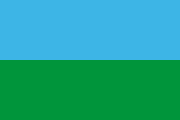


ZAIRE • The Democratic Republic of the Congo changed its name to Zaire on October 29. On November 19 it adopted a completely new flag showing a hand grasping a torch.
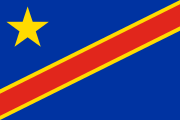


Notes
1 Often (but not always) flown by the royal house and the government. ↩
2 Flown by anyone. ↩
3 Flag of the African Party for the Independence of Guinea and Cape Verde, which aimed for separation from Portugal. Eventually became the flag of Guinea-Bissau. Portuguese colonies did not have official flags. ↩
4 Flag of the Liberation Front of Mozambique, which aimed for independence from Portugal. Direct predecessor of the modern flag of Mozambique. Portuguese colonies did not have official flags. ↩
5 Flag of the National Liberation Front of Angola, which aimed for independence from Portugal, and its government-in-exile in Kinshasa. Portuguese colonies did not have official flags. ↩
6 Flag of People's Movement for the Liberation of Angola, a competing independence movement. Direct predecessor of the modern Angolan flag. ↩
7 Flag of the National Union for the Total Independence of Angola, yet another independence movement. ↩
8 Flag of the Zimbabwe African National Union, which sought majority rule in the breakaway British colony of Rhodesia. The territory's illegal white supremacist government flew a green and white flag with the Rhodesian coat of arms. ↩
9 Flag of the Zimbabwe African People's Union, a competing liberation movement. ↩
10 Flag of the South West Africa People's Organisation, which sought independence from South Africa. Direct predecessor of the flag of Namibia. The territorial government did not have an official flag. ↩
11 Flag of the Eritrean Liberation Front, which sought independence from Ethiopia. Derived from the previous national flag. The provincial government did not have an official flag. ↩
12 Flown by the government, and often by private citizens. In certain ceremonial settings, the ratio was 1:3. ↩
13 Allowed to be flown by anyone. ↩
14 Flown by private citizens and municipalities. ↩
15 Flown by the federal government and the armed forces. ↩
16 Allowed to be flown by anyone. ↩
17 Flown by the royal house, the government, and the armed forces. Also granted to a select list of private institutions and companies. ↩
18 Allowed to be flown by anyone. ↩
19 Flown only on state-owned buildings and naval ships. ↩
20 Allowed to be flown by anyone. ↩
21 Flown on government buildings and coast guard ships. ↩
22 Flown for all purposes. A three-tailed version of the national flag is flown by the military. ↩
23 Allowed to be flown by anyone. ↩
24 Flown by the government, border guard, and public universities. The armed forces fly a version with a swallowtail cut. ↩
25 During the rule of the junta, the shade of blue on the national flag was described as notably darker. ↩
26 Flown by the government, sporting teams and by some private citizens. More or less exclusively a unionist symbol. ↩
27 Allowed to be flown by anyone. ↩
28 Flown over the Prince's Palace and government buildings. ↩
29 The traditional Catalan flag. ↩
30 The flag preferred by supporters of Catalan independence. ↩
31 Flown over the Presidential Palace, parliament, provincial legislatures, and other government buildings. Private use highly restricted. ↩
32 Flown by embassies, airports, and merchant ships. Private use strictly banned. ↩
33 Flown by the diplomatic service in exile and the Estonian disaspora. Flying the national flag was banned under the Soviet occupation. ↩
34 Flown by the diplomatic service in exile and the Lithuanian disaspora. Flying the national flag was banned under the Soviet occupation. ↩
35 Flown by the diplomatic service in exile and the Latvian disaspora. Flying the national flag was banned under the Soviet occupation. ↩
36 Banned within the People's Republic of China. The Tibet Autonomous Region does not have an official flag. ↩
37 Flown in the Indian-controlled parts of the disputed region of Kashmir. ↩
38 Flown in the Pakistan-controlled parts of the disputed region of Kashmir. ↩
39 Flown by nationalists and separatists. The Indian state of Nagaland does not have an official flag. ↩
40 The popular but unofficial flag of the Kannada people. The Indian state of Karnataka does not have an official flag. ↩
41 Flag of the Viet Cong. Flown by the communist Provisional Revolutionary Government of the Republic of South Vietnam, which claimed to be the legitimate government of South Vietnam and was recognized by most Eastern Bloc states. ↩
42 The flag of the Republic of China, the government of Taiwan. Banned on the mainland, as the People's Republic of China claimed sovereignty over the island. ↩
43 Flown by the Royal Government of the National Union of Kampuchea, a government-in-exile based in Beijing and Hong Kong. ↩
44 Flown by the communist Pathet Lao government-in-exile in Hanoi. ↩
45 Flown by Karen nationalists seeking independence and separation from Burma. ↩
46 The national flag of the Uyghur people, banned within the People's Republic of China. Xinjiang Region does not have an official flag. ↩
47 An unofficial flag flown by Martinican nationalists and occasionally by local municipalities. ↩
48 The unofficial but popular cultural flag of the island. ↩
49 Flown by the government, the navy, the national police, and national sports teams. Raised at major ceremonies. The army uses a similar flag with a different coat of arms. ↩
50 Allowed to be flown by anyone. ↩
51 The most common flag, flown over most government buildings, at ceremonies, by diplomatic missions and often by public citizens. ↩
52 An alternative government flag, most commonly flown by the armed forces but also on some public buildings and offices. ↩
53 The simplest version of the national flag, flown by some private citizens. ↩
54 The most common Costa Rican flag. Officially designated for private citizens, but in practice often used on government buildings and schools too. ↩
55 Flown by the government and by diplomatic missions, although also used sometimes by private citizens. ↩
56 Allowed to be flown by anyone. ↩
57 A traditional military emblem, ceremonially flown alongside the national flag at government buildings. ↩
58 A historic flag, ceremonially flown alongside the national flag at government buildings. ↩
59 Flown by the government and armed forces, and unofficially used by many private citizens. ↩
60 Allowed to be flown by anyone. ↩
61 Flown by the governmnent. The armed forces flew a similar flag with olive and laurel branches around the coat of arms. ↩
62 Allowed to be flown by anyone. ↩